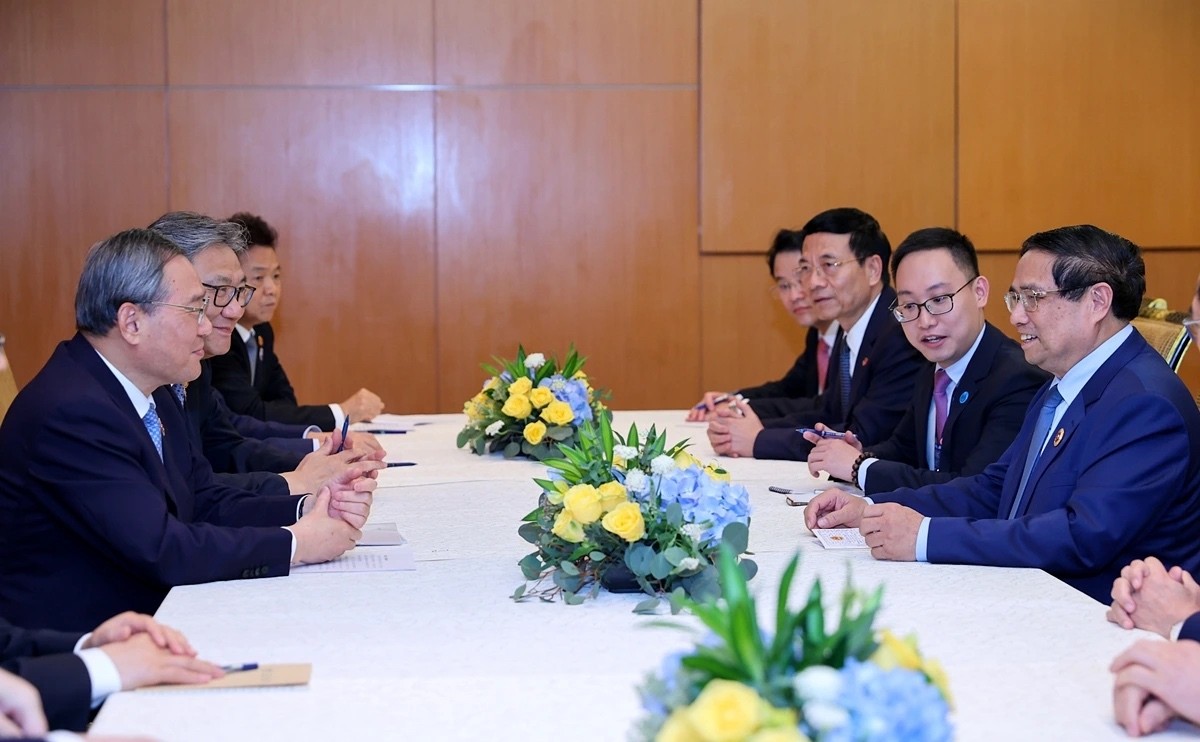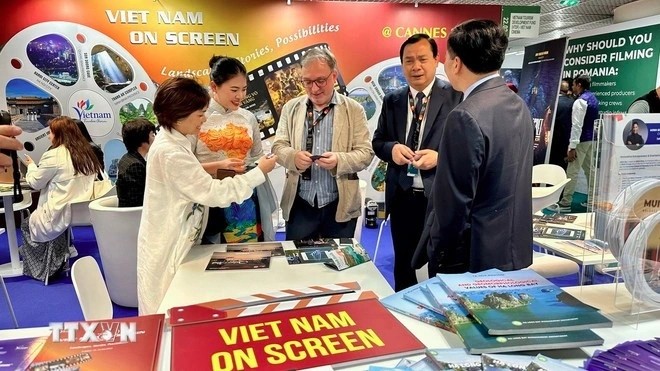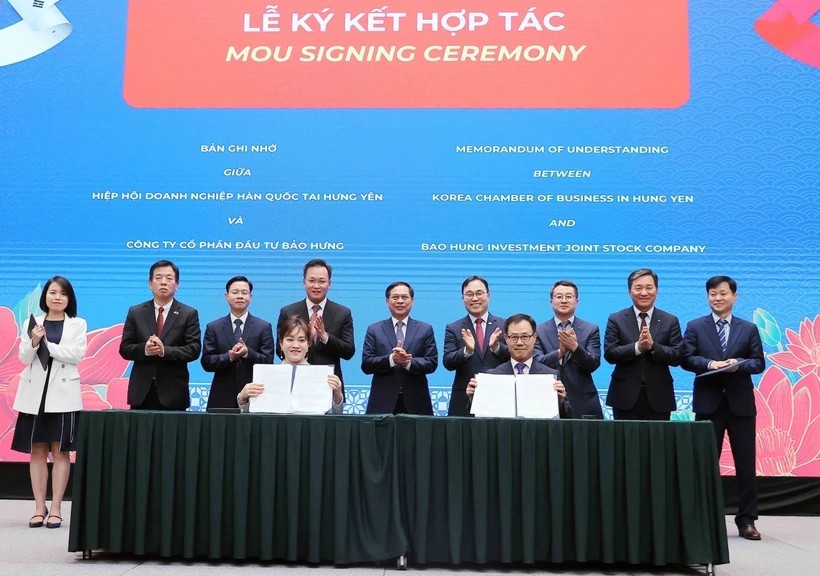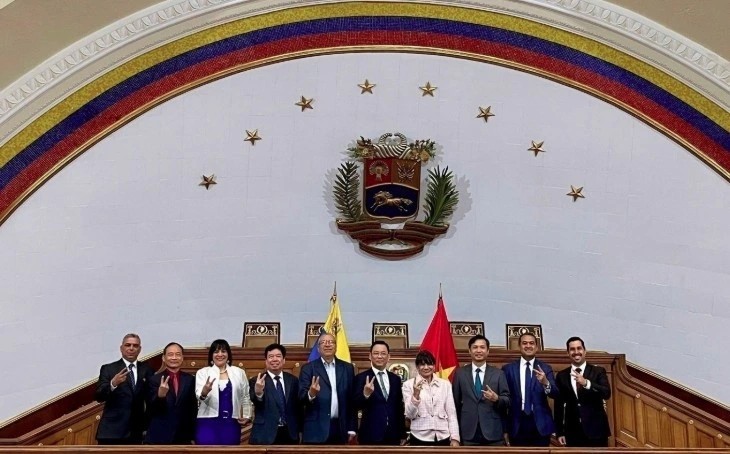Vietnam News Today (Apr. 8): Top Legislator Begins Official Visit to China
| Vietnam News Today (Apr. 8) notable headlines Top legislator begins official visit to China MICE – a key revenue generator for Vietnam’s tourism Da Nang free trade zone to make breakthrough developments Vietnam targets all transport means run on green energy by 2050 Hanoi launches more experiential tours Vietnam-Japan relations developing at the best stage: Deputy FM Vietnam detects first human case infected with avian influenza subtype H9 China attaches importance to, and welcomes NA Chairman Hue's visit: Ambassador Vibrant bauhinias light up Muong land |
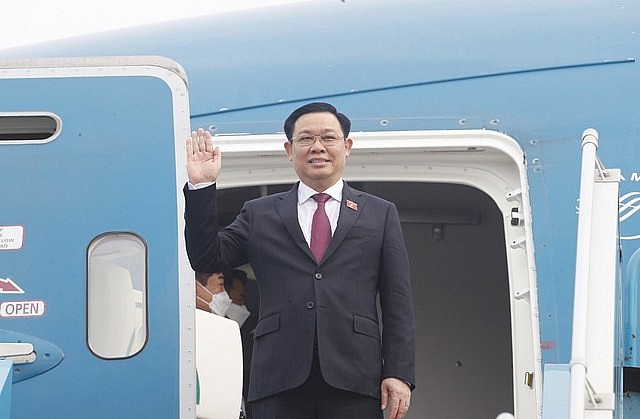 |
| National Assembly Chairman Vuong Dinh Hue leaves Hanoi for an official visit to China on April 7. Photo: VNS |
Top legislator begins official visit to China
Chairman of the National Assembly of Vietnam Vuong Dinh Hue left Hanoi on April 7, beginning an official visit to China at the invitation of Zhao Leji, head of the National People’s Congress of China.
Hue is being accompanied by a number of high-ranking Party and State officials, including Secretary of the Party Central Committee and head of the Party Commission for Mass Mobilization Bui Thi Minh Hoai, National Assembly Vice Chairman Tran Quang Phuong, Deputy Prime Minister Tran Luu Quang, and leaders of ministries in charge of national defense, public security.
This is the first high-level visit to China by a Vietnamese Party and State leader after the two countries upgraded their ties during the Vietnam visit in December 2023 by Chinese Party General Secretary and President Xi Jinping, cited VOV.
The visit is of great significance as it will provide strategic direction for bilateral relations and concretize high-level common perceptions and results achieved during General Secretary Nguyen Phu Trong’s visit to China in October 2022 and General Secretary Xi Jinping’s visit to Vietnam in December 2023 with 6 major directions of cooperation.
Bilateral relations have in recent times developed positively and reaped important gains in all areas, through regular visit exchanges.
Economic, trade and investment cooperation is a bright spot in bilateral relations. China is Vietnam’s largest trading partner and second-largest export market, while Vietnam is China’s largest trading partner in ASEAN and fifth largest partner in the world, after the United States, Japan, the Republic of Korea, and Russia.
Two-way trade turnover between the two countries hit US$171.9 billion last year and US$27.3 billion in the first two months of 2024.
Last year, China invested US$4.47 billion in Vietnam, up 77.5% year on year, ranking fourth among foreign investors in terms of capital value and first in terms of project number in the Southeast Asian country.
Bilateral cooperation in culture, education, tourism and people-to-people exchanges also reaps fruitful results, contributing to consolidating social foundations in the two countries. To date, nearly 60 Vietnamese localities have established friendly cooperative ties with Chinese localities.
MICE – a key revenue generator for Vietnam’s tourism
MICE (Meetings, Incentives, Conferences and Exhibitions) tourism has experienced changes in both quality and quantity, leaving good impressions on foreign tourists and partners.
At the 4th annual World MICE Awards gala ceremony held on March 6 in Berlin, Ho Chi Minh City was honored as “Asia’s Best MICE Destination” for the fourth year in a row.
Hoi An ancient city in the central province of Quang Nam was recognised as Asia's top destination for business travelers. Vietnam Airlines was honored as the “Leading MICE Airline in Asia”, while Vietravel was recognized as the “Leading MICE Tourism Organiser in Asia”.
With the awards, Vietnam’s MICE tourism has affirmed its position and won the heart of foreign visitors, said head of the Vietnam National Authority of Tourism (VNAT) under the Ministry of Culture, Sports and Tourism Nguyen Trung Khanh.
Statistics show that in the first quarter of this year, Saigontourist travel company served more than 12,000 domestic and foreign MICE tourists, of them about 6,000 of 50 delegations traveling HCM City, according to VNA.
 |
| MICE has experienced changes in both quality and quantity over the past time. (Photo: VNA) |
The VNAT said investors from countries in the region like Singapore, Thailand, Malaysia and China are interested in Vietnam’s MICE tourism, explaining that this model generates six times more revenue than conventional tourism.
In Vietnam, MICE tourism is also viewed as a target of the industry’s development strategy.
Many experts share the view that Vietnam would learn from experience from others in this regard, and reap successes thanks to its advantages of natural landscapes, cultural heritage and mushrooming hotels and resorts.
Vu The Binh, President of the Vietnam Tourism Association, suggested localities set out master plans for MICE tourism, and policies to call for investors in this field.
Da Nang free trade zone to make breakthrough developments
The establishment of a free trade zone in Da Nang closely connected with Lien Chieu port is anticipated to open up a wealth of opportunities for the central city’s continued development.
The proposal was made in the draft resolution of the National Assembly on piloting a number of specific mechanisms in an effort to develop Da Nang City.
According to the plan, the Da Nang Free Trade Zone will have a defined geographical boundary that mainly focuses on the export and import of goods. Enterprises with investment projects in the Da Nang Free Trade Zone are all eligible to enjoy customs incentives and tax exemption for investors.
Foreigners holding visas with a term not exceeding 3 months and Vietnamese citizens going to leave Vietnam are allowed to purchase duty-free goods in unlimited quantity and value.
Drastic reform is needed in the context of fierce competition to attract FDI capital flows, otherwise all opportunities will be lost, said the Minister of Planning and Investment, referring to the successful model that China’s Shanghai has adopted in granting investment licenses to foreign businesses, reported VOV.
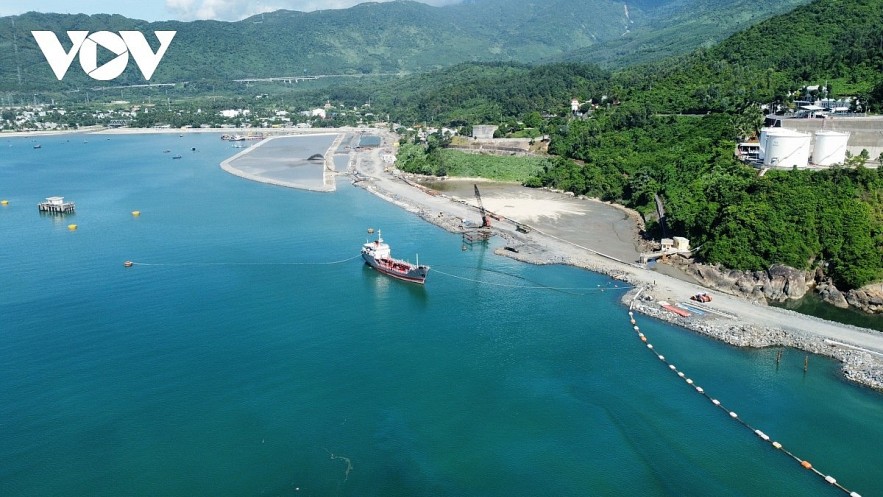 |
| Photo: VOV |
According to the minister, Vietnam is competing with Indonesia, the Philippines, Malaysia, Thailand, and India which are constantly promoting reform and innovation to attract capital flows that are increasingly shrinking and tend to move to the US and other developed countries.
He also suggested that Da Nang should ask for a new visa policy specifically designed for the Free Trade Zone to attract investors, experts, and tourists.in addition, more tax incentives should be introduced to attract businesses, experts and employees.
Nguyen Van Quang, secretary of the Da Nang City Party Committee, expected that the establishment of a free trade zone will serve to create a breakthrough in the development of the service industry, which is a strong field and will account for a large proportion of the city’s economic structure moving forward.
None of the investors agree to pour investment into the locality if there is no change in streamlining investment procedures, said Quang, suggesting the time for an investment license to be granted to a project in such a zone should be cut to 2-3 months instead of nine months.
Vietnam targets all transport means run on green energy by 2050
Vietnam aims to bring net greenhouse gas emissions to zero by 2050, so ideally all means of transport will use green energy. For the country, green transportation was also an urgent requirement to build green and smart cities, experts have said.
The transport sector aims to gradually limit and stop the production, assembly and import of cars and motorbikes using fossil fuels by 2040. By 2050, all motor vehicles will use electricity and green energy. Therefore, developing charging stations is essential.
Electric vehicles are considered the transportation industry's future as people in big cities increasingly favor these units. Ministry of Transport statistics show that more than 20,000 electric cars were used nationwide last year.
However, charging stations on the roads are not enough to meet the needs of electric vehicles. The largest charging station system is of VinFast, with more than 150,000 ports for both motorbikes and cars. It is located in parking lots, bus stations, shopping centers, and gas stations. Besides these stations, people mainly charge their vehicles at home.
At a workshop on promoting energy transition and building policies to invest in charging stations in Vietnam organized by the United Nations Development Program (UNDP), Prof. Dr. Wilmar Matinez, UNDP electric energy research expert, said that in Vietnam the concept of electric cars remains new.
The number of vehicles using green energy is still low compared to those using fossil fuels. This is also why electric charging stations on roads, especially highways, are less common than in other countries, cited VNA.
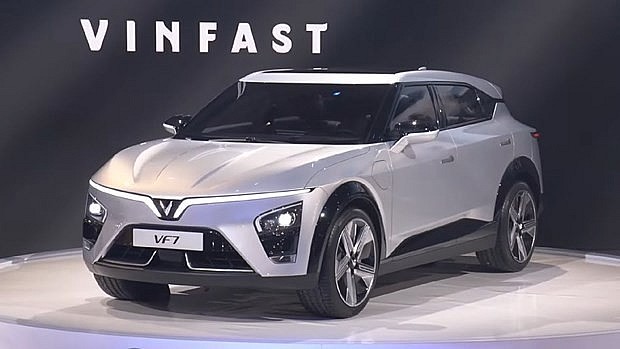 |
| A C-segment smart electric car model - VF 7 of Vinfast (Photo: Vinfast) |
He believed the need for charging stations was one of the main reasons consumers hesitate to buy and use electric vehicles. The road traffic infrastructure development plan targets that by 2050, Vietnam will build more than 9,000 km of highways, nearly eight times more than the current number.
To Nam Toan, head of the Department of Environmental Science, Technology and International Cooperation under the Department for Roads of Vietnam, said that the Ministry of Transport is updating the highway network planning and would likely increase planned charging stations according to the request of localities.
Each highway is designed to have rest stops and, experts said, these would be suitable places to place charging stations for electric vehicles.
Wilmar Matinez said that with current electric technology, the battery usually allows the vehicle to travel about 180-300km per charge.
People who want to travel long distances need numerous charging stations to charge their vehicles while taking a break before continuing. If the country cannot solve the problem of charging stations, it won't be easy to achieve the goal of completely replacing gas and diesel vehicles with electric vehicles in the future. Therefore, the need for charging stations in Vietnam is very high.
Through practical research on developing electric vehicle charging stations in Thailand, Germany, Norway and the Republic of Korea, Wilmar said that building a network of charging stations requires strong Government and private sector engagement.
Germany has stepped up investment in research and expansion of charging stations through grants and research funds. People who buy new electric cars can receive incentives of up to 80% of the car price.
The above countries also have strict regulations in building charging infrastructure, standardizing charging stations, sources, and speeds, and regulating public charging at home.
A study by UNDP experts shows that with 39 rest stations on the eastern North-South Expressway and assuming that by 2050, all vehicles on roads will be electric, it is necessary to invest in about 7,800 charging ports. Based on the investment rate this year, about 2.2 billion USD will be needed for 2025-2050. With this investment cost, Vietnam needs to encourage private organizations to contribute capital.
Incentives may include tax exemption for the first five years after the charging stations are operated and a 50% tax reduction for the next five years. The most important thing to attract private investment is accelerating the use of electric vehicles. The private sector must be allowed to collect fees for charging services to recover capital.
Nguyen The Vinh, an expert from Electricity Vietnam, said that the number of charging stations was not the only issue. Increasing charging stations on highways requires calculating the number of vehicles and charging times at each station to avoid putting too much pressure on the electrical system nationwide, causing local power outages.
The public charging station system currently accounts for 10% of the country's power consumption.
Regarding this concern of the electricity industry, Nguyen Bao Huy, from the Hanoi University of Science and Technology, said that the country could apply a smart charging system.
This system uses remote monitoring technology to manage the car's charging time and method at each station; and provides data on available charging stations in the surrounding areas.
With this method, Vietnam can evenly distribute the number of vehicles at charging points, avoiding charging too many cars during peak hours, which could overload the system and cause power failure.
Hanoi launches more experiential tours
Hanoi is home to a number of cultural and historical sites that are considered valuable resources for tourism development.
As a sacred land of talented people, with a rich history and culture, the city boasts 5,922 relics, 1,793 intangible heritages, and 1,350 craft villages, along with beautiful natural landscapes.
The capital's tourism sector sees cultural tourism as its hallmark, with the sub-category of experiential tourism being particularly promoted, offering more tours to Hanoi's heritage sites and handicraft villages.
Add meaning to tourism products
Located in the west of Hanoi, with the magnificent scenery of Xu Doai (one of the four ancient provinces surrounding Thang Long - Hanoi today), and good feng shui according to folk religion, Quoc Oai District has unique and diverse cultural values.
It has 101 listed relics in total, notably the special national relic complex of Thay Pagoda and the special national relic of So Communal House. Besides, the district is home to various types of valuable intangible cultural heritage, such as water puppetry, Do singing, Ham Rong Vi singing, Tuong singing or Cheo singing, Gong performances of the Muong people, as well as 55 traditional festivals. Conveniently located just half an hour's drive from central Hanoi, Quoc Oai attracts a large number of visitors every year.
According to Hoang Nguyen Ung, Vice-Chairman of the Quoc Oai District People's Committee, Quoc Oai District has so far implemented the project "Preserving and Utilizing Traditional Cultural Identity and Values in Tourism Development in the District" in order to capitalize on available resources, make a leap forward in tourism development and contribute to the preservation and utilization of traditional cultural values.
Long known as the 'Land of Two Kings', Duong Lam Ancient Village as it is the home of Phung Hung and Ngo Quyen, two national heroes who had the courage to cast off the invaders in the 8th and 10th centuries, is a 'living' museum that preserves the basic characteristics of a northern Vietnamese village, with a village gate, banyan trees, a wharf, a common house yard, and 956 traditional houses. On average, the site attracts nearly 150,000 tourists a year, including 6,000-7,000 foreign tourists.
Visitors to Duong Lam not only learn about the architecture, landscape, and local way of life but also participate in farming, cooking, and living with the villagers. These activities leave deep impressions and emotions on every visitor, especially foreigners, cited Hanoitimes.
Meanwhile, coming to Bat Trang Ceramics Village, travelers enjoy kneading and shaping clay with their own hands to create souvenirs for taking home. At the Temple of Literature - Imperial Academy or Thang Long Imperial Citadel, visitors both learn about the relic site and take part in cultural activities and games of deciphering heritage values. In addition, the Dao Thuc Water Puppetry Guild (Dong Anh District) not only gives performances for visitors, but the peasant artists also regularly interact with them and teach them to work puppets themselves.
As Hanoi Travel Association Chairman Phung Quang Thang commented, the variety of heritages and craft villages is an extremely valuable resource for the capital’s tourism industry to develop products typical of each locality and serving a diverse range of domestic and international tourists. This will also improve the locals’ knowledge and spiritual life as well as the amenities surrounding the sights.
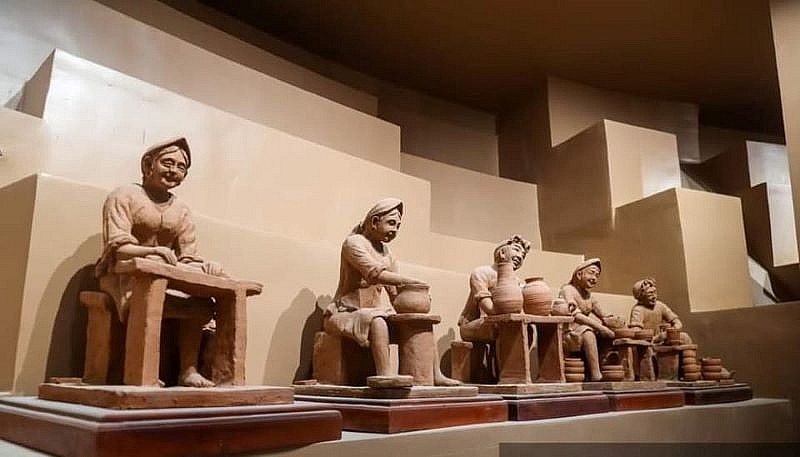 |
| The Bat Trang Ceramic Museum. Photo: Bich Hoi |
Enhance tourist experience
Currently, the number of tourists coming to Hanoi is soaring, especially foreign travelers. This is a positive sign for the city’s tourism sector to implement solutions to attract visitors and boost tourism growth. In particular, the development of new tourism products with characteristics of Hanoi to broaden appeal for tourists receives special attention.
Hanoi has launched numerous tourism products, including a piloted model of community-based tourism combined with real-life experiences in craft villages and tourist attractions with traditional cultural values of ethnic minorities in Ba Vi District.
In February, the Hanoi Tourism Department developed experiential tourism products associated with heritages, relics, and craft villages along the routes of Hanoi Center - Thanh Tri - Thuong Tin - Phu Xuyen, Hanoi Center - Thanh Oai - Ung Hoa - My Duc, Hanoi Center - Son Tay - Ba Vi, among others.
At present, the agency is continuing to develop a community-based tourism model linked to hands-on experiences in craft villages and tourist destinations with traditional cultural values of ethnic minorities in districts such as My Duc and Chuong My.
However, experts say that for these products to become attractive and unique, a synchronized roll-out is needed.
First of all, it is important to clearly understand the visitors to each locality, their needs and desires, and thereby offer appropriate experiential products. For example, the tourist experience at the Quang Phu Cau incense-making village has only equaled check-in photography, while tourists have many other needs.
According to Phung Quang Thang, Hanoi needs to develop various tourist experiences in the direction of designing unique tours that involve exploring history or experiencing the rich local cultures and production stages of typical handicrafts and cuisines.
In addition, visitors should be able to interact with locals, craftsmen, and famous people in the villages, as well as learn about traditional crafts and local festivals. In terms of developing tourist routes, it is advisable to create a more diverse service supply chain and enhance the tourist experience.
There is also a need to strengthen the promotion of tourism and the links between localities in the transport of visitors to experience heritage and artisan villages. If this tourism product flourishes, it will bring enormous benefits, from attracting visitors to exploiting the value of the capital's cultural heritage.
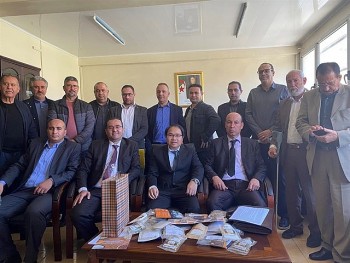 | Vietnam News Today (Apr. 5): Vietnam Seeks Stronger Trade Links Algerian Locality Vietnam News Today (Apr. 5): Vietnam seeks stronger trade links Algerian locality; Hanoi, Moscow cooperate in transnational, high-tech crime prevention, control; Petrol prices see mixed ... |
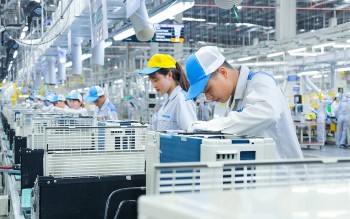 | Vietnam News Today (Apr. 6): Vietnam Ranked 6th Among Fastest Growing Asian Economies in 2024 Vietnam News Today (Apr. 6): Cold air wipes away early summer warmth, brings rain; Vietnam ranked 6th among fastest growing Asian economies in 2024; FDI ... |
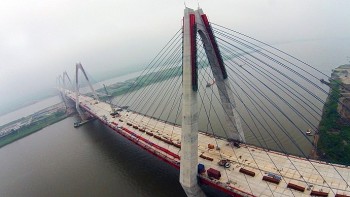 | Vietnam News Today (Apr. 7): Vietnam Aspires to Receive Further ODA From Japan Vietnam News Today (Apr. 7): Vietnam attaches importance to developing close partnership with China; Vietnam boasts great potential for developing data centers; Vietnam aspires to ... |
In topics
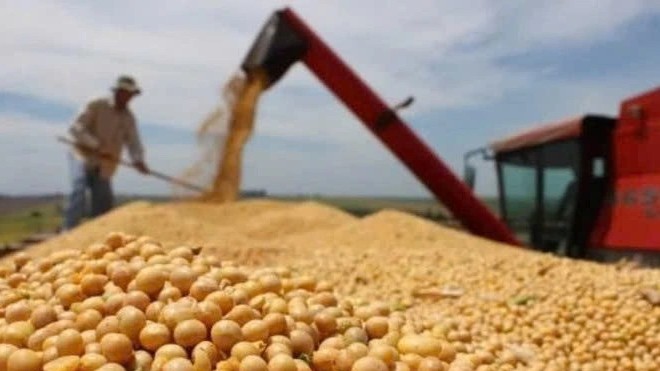 National
National
Vietnam News Today (Jun. 2): Vietnamese Trade Mission Sounds Out Business Opportunities in United States
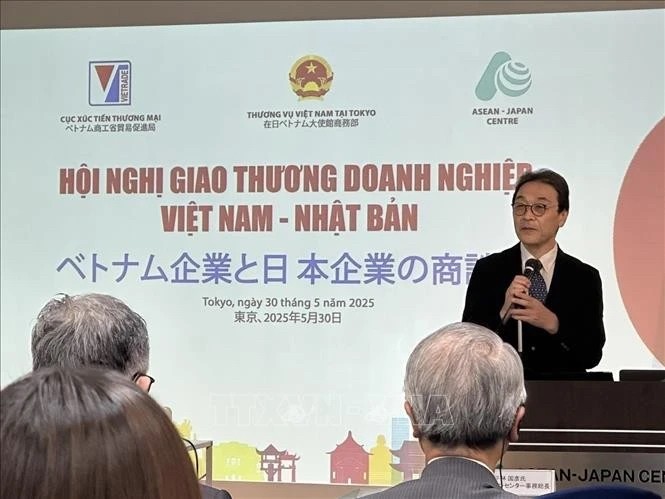 National
National
Vietnam News Today (Jun. 1): Vietnamese, Japanese Firms Foster Partnership
Recommended
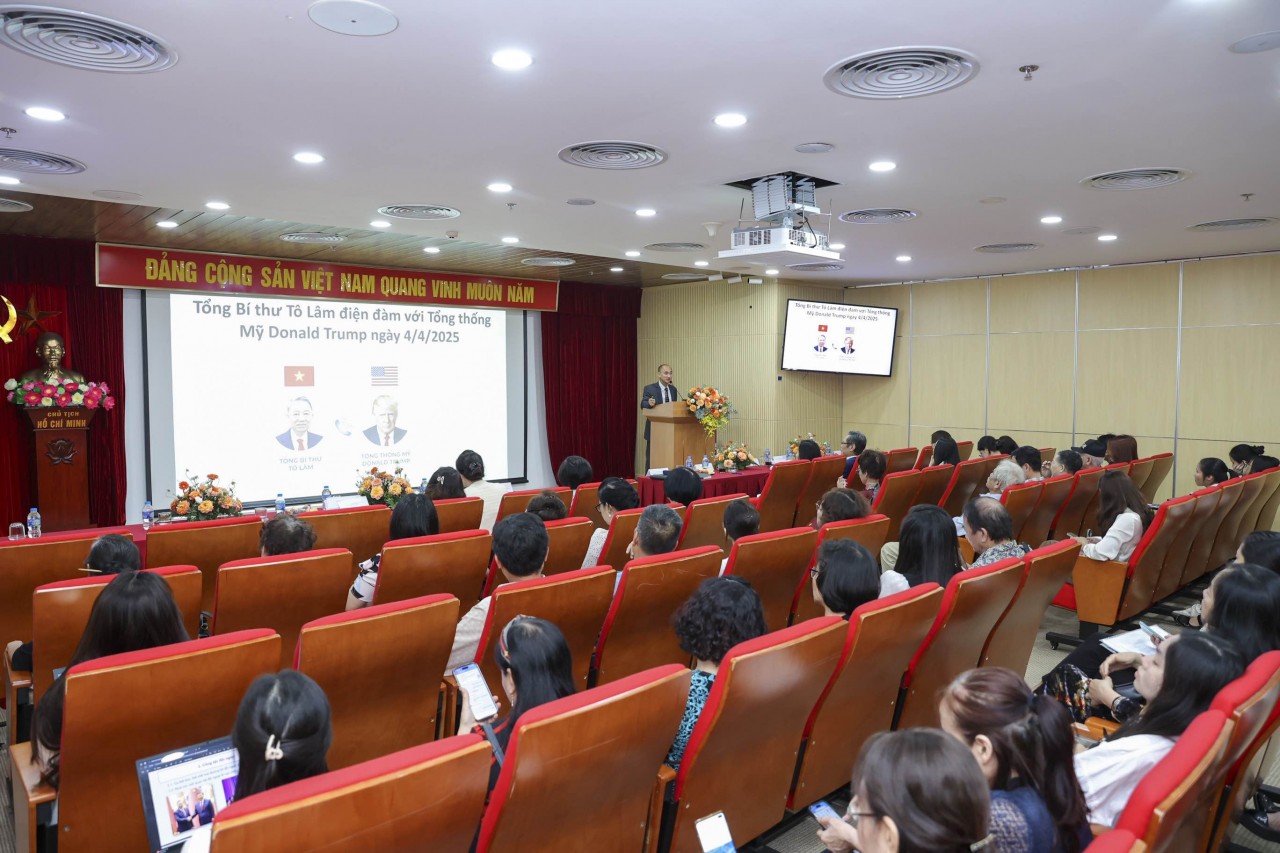 National
National
Vietnam News Today (May 29): Vietnam and Hungary to Expand Cooperation into New Areas
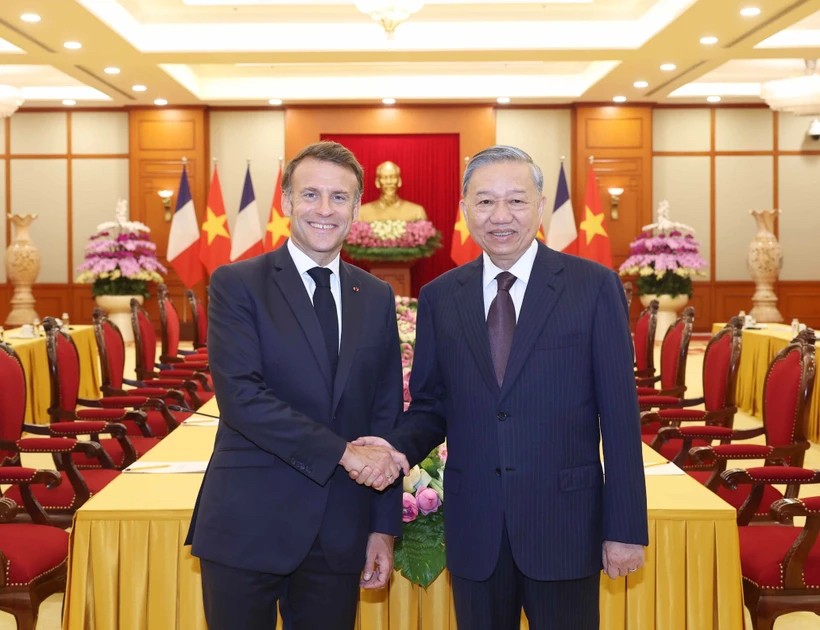 National
National
Vietnam News Today (May 27): Vietnam Treasures Multifaceted Collaboration with France
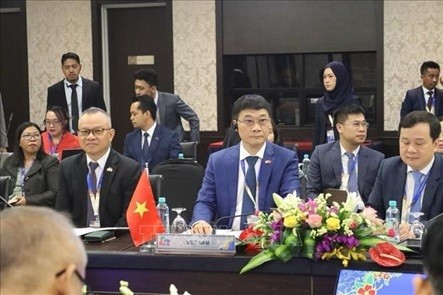 National
National
Vietnam Commits to Building an Inclusive, Sustainable and Cohesive ASEAN
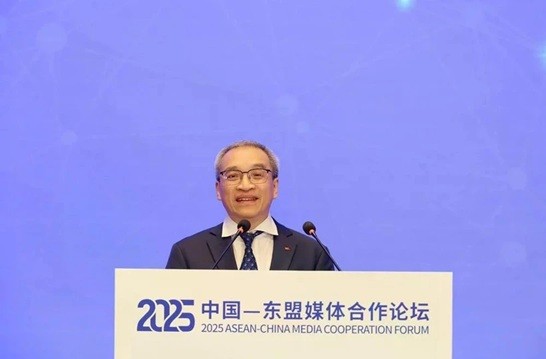 National
National
Vietnam Proposes Vision for Responsible Digital Journalism Cooperation
Popular article
 National
National
Vietnam News Today (Jun. 2): Vietnamese Trade Mission Sounds Out Business Opportunities in United States
 National
National
Vietnam News Today (Jun. 1): Vietnamese, Japanese Firms Foster Partnership
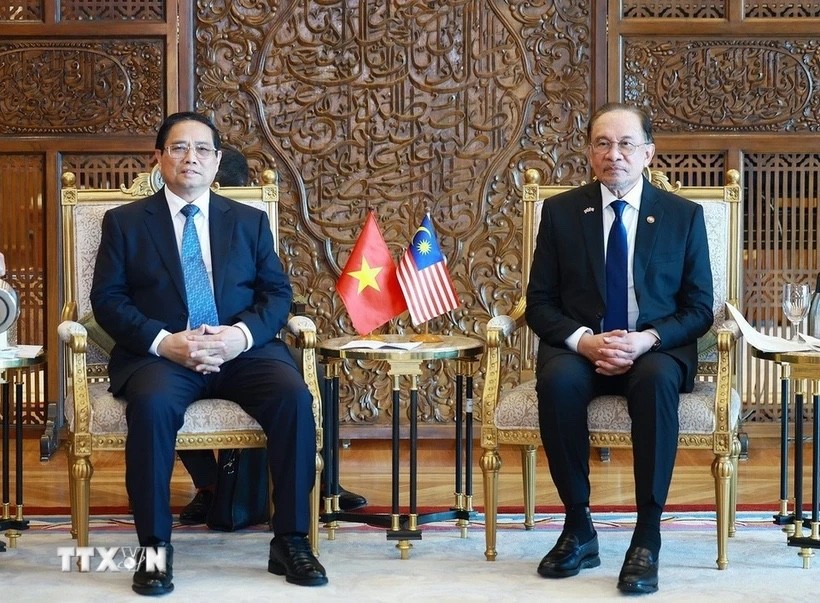 National
National
Vietnam News Today (May 31): Vietnam Strongly Supports Laos’s National Development
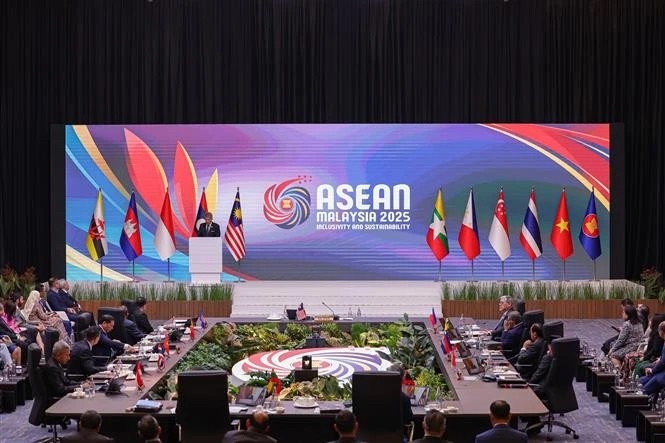 National
National




